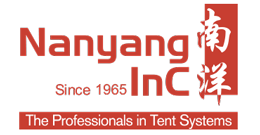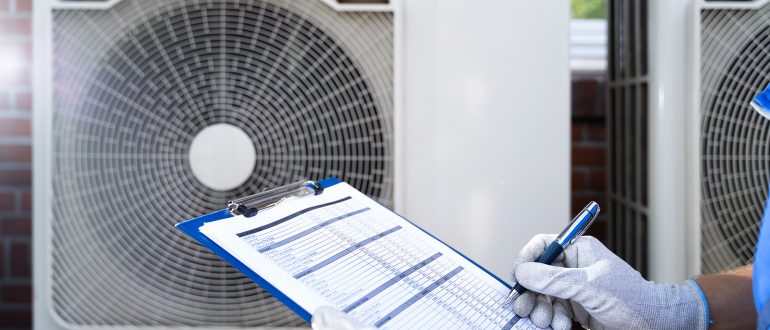Outdoor events, especially in places with warm climates, require plenty of shade and effective cooling to ensure the utmost comfort for attendees. Tentage rentals in Singapore solve the first requirement, but finding the right answer to the second is not always so simple. After all, there is no one solution to keeping guests cool throughout the entire function as it will depend on the venue(s) involved.
There is also the matter of energy costs that must be considered as a lack of estimates or usage planning can lead to a higher utility bill than expected. With active cooling systems having one of the highest power consumption requirements in any event, balancing energy efficiency and performance becomes all the more important. Below, we go over some strategies that can help strike this balance to keep costs low.
1. Leverage Natural Cooling
Natural cooling, such as strategic landscaping and shading, can significantly reduce the need for mechanical cooling. Thus, it is recommended to opt for a venue with plenty of trees and shrubbery that can offer natural shade and lower the temperature of the surrounding vicinity. Additionally, using UV-resistance roof canvas for tents and canopies can help deflect sunlight and reduce heat absorption.
2. Implement Passive Cooling Strategies
Cross-ventilation and indoor water features are two examples of passive cooling strategies that can be highly effective in outdoor settings. Cross-ventilation simply involves designing the event layout of the venue in such a way that natural airflow can freely enter and exit to help dissipate heat. Meanwhile, having a fountain or misting installation, for instance within the venue can lower the indoor temperature by up to 3°C, which is often more than enough to help reduce the workload of your active cooling appliances.
3. Opt for Equipment With High Energy-Efficiency Ratings
When choosing active cooling, make sure to choose a provider that has highly energy-efficient equipment. Every digit in their efficiency rating matters, so try to settle for a provider with a modern inventory of cooling systems to make sure your event uses up less energy while delivering the same amount of effective cooling. Moreover, consider installing HVLS fans and smart thermostats around the venue to help adjust cooling levels based on real-time conditions and further optimise energy use.
4. Optimise Event Timing and Layout
Scheduling events during cooler parts of the day, such as early morning or late afternoon, can minimise the need for extensive cooling. Additionally, designing the event layout to make the most natural shade and airflow can enhance the effectiveness of cooling solutions. For instance, placing seating areas under trees or near water features can create a more comfortable environment for attendees.
5. Monitor and Adjust Cooling Systems
Regular monitoring and maintenance of cooling systems are essential to ensure optimal performance and energy efficiency. Using smart sensors and automated controls can help track temperature and humidity levels, allowing for real-time adjustments to cooling settings. This ensures that cooling systems operate efficiently without overconsuming energy.
Conclusion
Striking a balance between energy efficiency and performance when using cooling equipment for outdoor events requires a combination of strategies like the ones mentioned above. By incorporating as many of the suggestions we’ve listed as possible, event organisers can create a comfortable and sustainable environment for attendees in the most cost-effective way possible.
Nanyang Inc is an established name in the event logistics rental scene that can supply the cooling solutions your event could possibly need. From portable standing air conditioners to air coolers and traditional fans, we can ensure your guests will never feel uncomfortable throughout the night.




